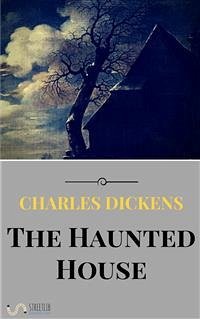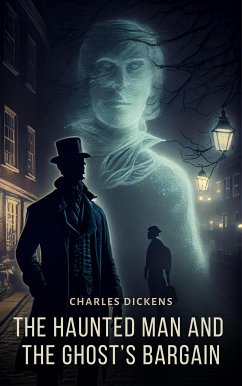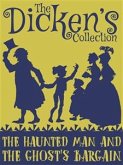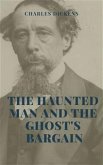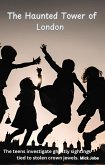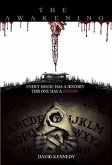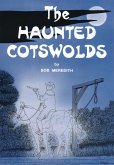The story appeared in the Extra Christmas Number on 13 December 1859. Dickens began a tradition of Christmas publications with A Christmas Carol in 1843 and his Christmas stories soon became a national institution. The Haunted House was his 1859 offering.Dickens's opening story, The Mortals in the House, is the strongest of the collection and demonstrates his mastery of storytelling and characterisation. When the narrator sees a deserted house from his railway carriage he becomes determined to take up residence there. However, the house is said to be haunted and the servants gradually become agitated. The narrator sends them away and invites a group of his friends to stay with him and fend for themselves.On Christmas Eve the friends arrive with the aim of discovering evidence of the supernatural. Secluded in their rooms for the holiday, the friends agree to keep silent about any ghostly experiences until they gather on Twelfth Night.The ghosts the characters see have no connection with the house, and are not even really ghosts; the stories are of injustice, terror, or regret
Dieser Download kann aus rechtlichen Gründen nur mit Rechnungsadresse in A, B, BG, HR, CY, CZ, DK, EW, FIN, F, D, GR, H, IRL, I, LR, LT, L, M, NL, PL, P, R, SK, SLO, E, S ausgeliefert werden.

